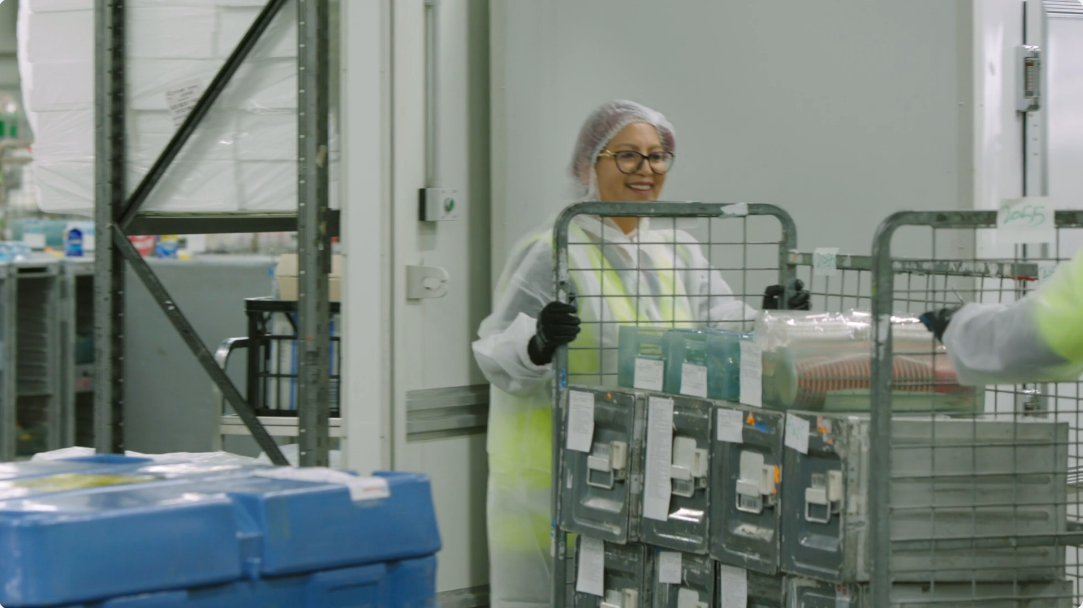Creating a dress code is one of those management tasks that seems simple on the surface but can quickly become a nightmare.
There’s a fine line between a code that’s so strict that employees feel stifled and a code that’s so loose that it might as well not exist. But for those of us who don’t have an actual uniform for our staff, this is a fine line we inevitably have to walk.
Don’t fret, though. We’ll walk it with you so you don’t make any faux pas while developing, delivering and enforcing your dress code. Because the only wardrobe you should really have to worry about is your own. (Those shoes with that shirt? Oh, sweetie… just…)
Developing your office dress code
First things first, you need to make sure you’re consulting the right people. While it might seem easiest to just leave this up to your management team, there’s a fair chance this group isn’t representative of everyone in your company.
If your leadership team is already representative of your workforce, that’s excellent. If not, read this article to understand why a not-so-diverse leadership team is not-so-great for your company.
Consider putting together a temporary committee of volunteers with one or two of your business leaders also involved to organise discussions and make the final decisions.
A committee with a diverse range of people should ensure the final draft of your dress code is reasonable and fair. For example, they’re more likely to identify any potentially offensive rules, such as:
- Sexist rules (e.g. heels, makeup, dress cuts)
- Rules that discriminate against certain staff based on their culture, religion or gender identity
- Rules that discriminate against less wealthy staff members (not everyone owns a blazer for each day of the week, Jerry).
By having a dress code that’s ‘for the people, by the people’, you also avoid the risk of employees feeling like these rules are being dictated down to them without any consultation or consideration. (There’s honestly nothing worse than a mostly male management team telling you how much cleavage you can or can’t show.)
Give your dress code taskforce some rough parameters and perhaps a couple of examples to work with. You can also set some general expectations for how stringent or relaxed the code should be based on:
- How frequently (if at all) a staff member interacts with clients or customers*
In fact, you might decide to make your dress code highly dependent on this. For example, you may have a section of ‘bonus rules’ for client meetings or days when the global CEO is visiting the office.
- Your industry’s standards (e.g. don’t bring a law firm dress code to a creative agency)
- The kind of environment you’re trying to create in your workplace (is it worth making all the men wear fancy ties if they feel uncomfortable and are ultimately less productive?).
Delivering your dress code

Once you’re happy with the dress code, it’s time to implement it.
Share the dress code via email & verbally
It’s essential to share the actual code in an email, or if your workplace relies on an internal messaging system rather than email, use this instead. It’s also important to save the dress code somewhere permanent and easily accessible to everyone. This way, ‘I didn’t know’ is never a valid excuse.
Also talk through it with your team (e.g. in an all-staff meeting). The former ensures everyone has a copy they can refer to, while the latter gives you a chance to clarify any points in person and answer any questions.
Deliver the dress code gently and respectfully
When delivering the dress code, reiterate that it was developed by an appointed committee and invite feedback and suggestions from your team. While the code isn’t really a work in progress, you should still leave the door open for potential improvements (e.g. making something clearer based on questions from staff, adding photo examples if people don’t quite understand something, or removing or rewording anything that is reasonably found to be offensive).
While reinforcing that your dress code is offici
al and enforceable, approach it in a light-hearted way so that your employees don’t feel too stressed about it – particularly employees who are already dressing appropriately and don’t need to stress about it. This is your chance to show people you’re not a regular boss. You’re a cool boss.
Enforcing your dress code

The most crucial part of enforcing a dress code is enforcing it equally. Nobody gets a free pass (including you – lead by example) and nobody should be reprimanded more severely than others for failing to follow the rules.
If your dress code includes a consequences and escalations process, make sure you follow this on every occasion. If your dress code doesn’t include something like this, you might want to go back and add it in. Alternatively, be extra diligent with treating each incident in the same manner.
The instant somebody gets leniency, people will lose respect for the dress code and you’ll be facing an inevitable landslide of board shorts and bikini tops (OK, maybe not quite that bad… but still).
When dealing with a staff member who breaches the code, you should be:
- Discreet – Organise a private chat; don’t call them out publicly.
- Respectful – Label their outfit inappropriate but don’t critique their fashion sense or insult them as a person.
- Clear and direct – Instead of just ‘your outfit today is inappropriate’, try ‘your t-shirt today is inappropriate because it features a nude portrait of Donald Trump’.
Sorry for that mental image. Let’s wrap this up before you have time to dwell on it further.
As long as you follow these guidelines and stick to your rules, you should be able to uphold and action your dress code without offending anyone – while also making sure all of your employees present themselves well to your clients. If that’s not a win-win, what is?













